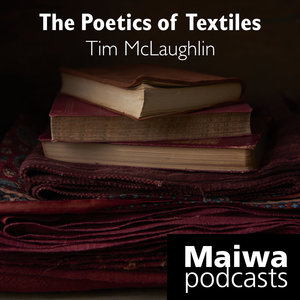HANDWOVEN, NATURALLY DYED YARDAGE
FROM BENGAL
We've spent years developing this handwoven fabric. We encouraged the famously talented Bengal weavers to return to natural dyes. They accepted the challenge - combining dyeing skills with their hereditary talents in transforming thread into cloth.


























































